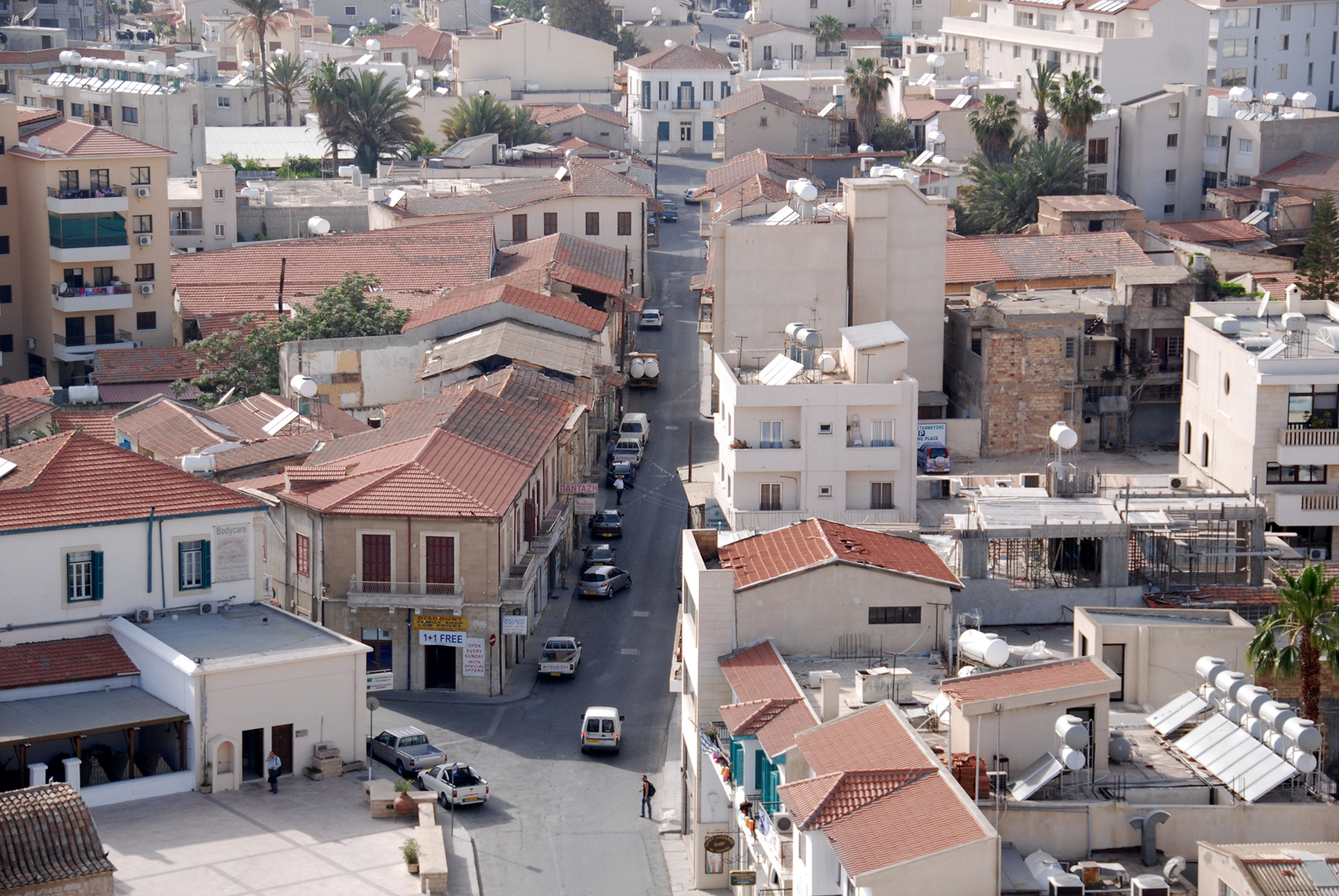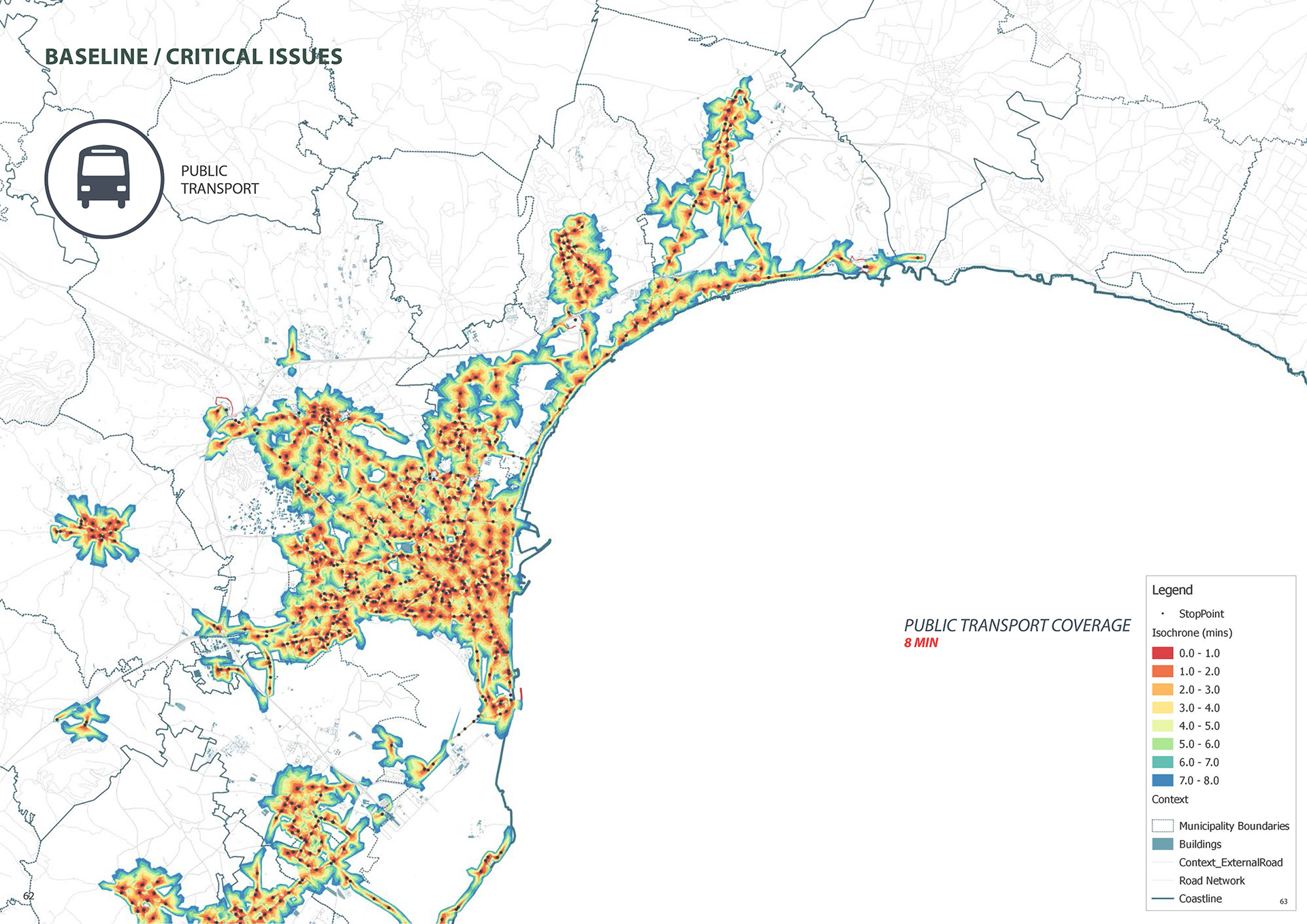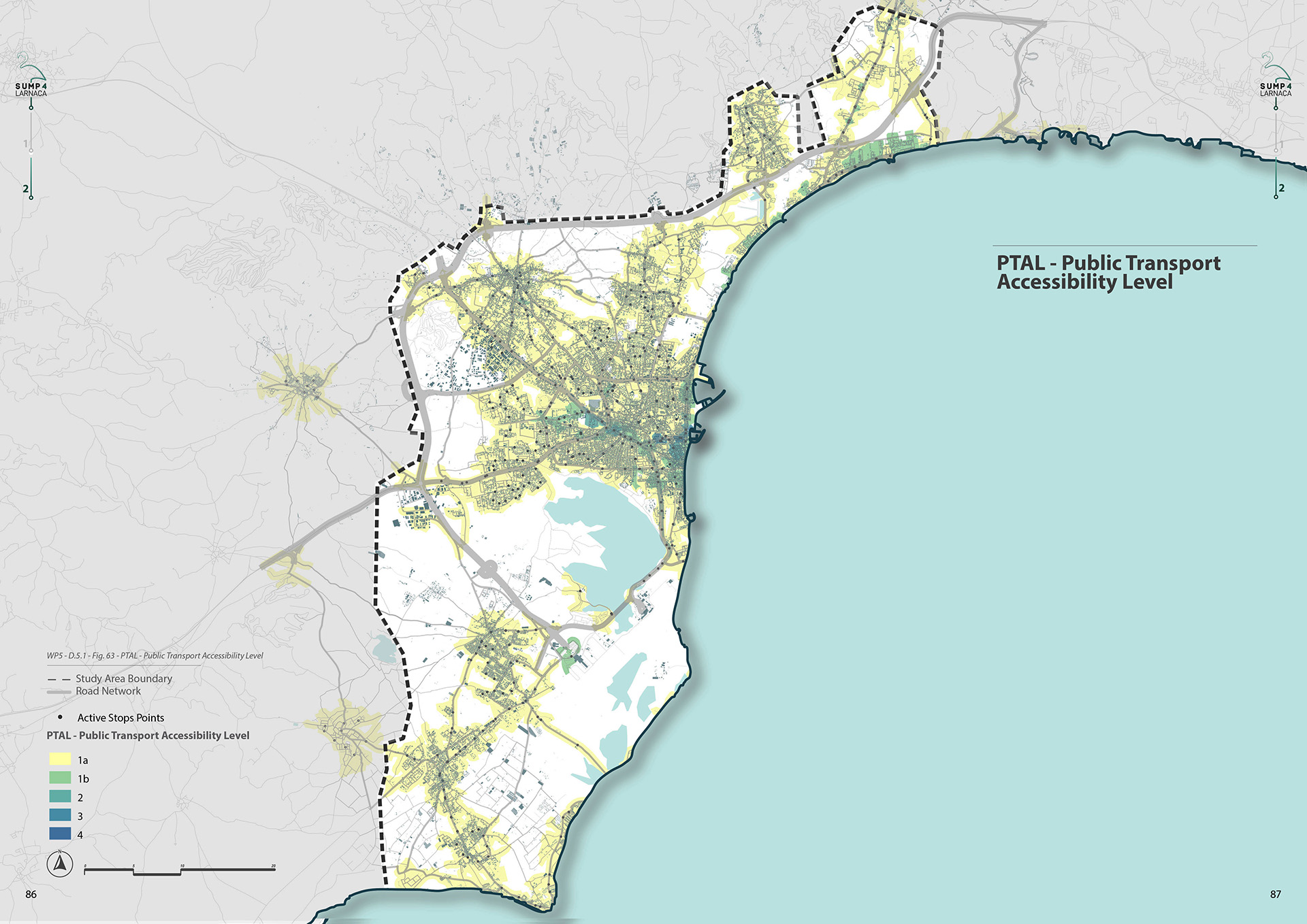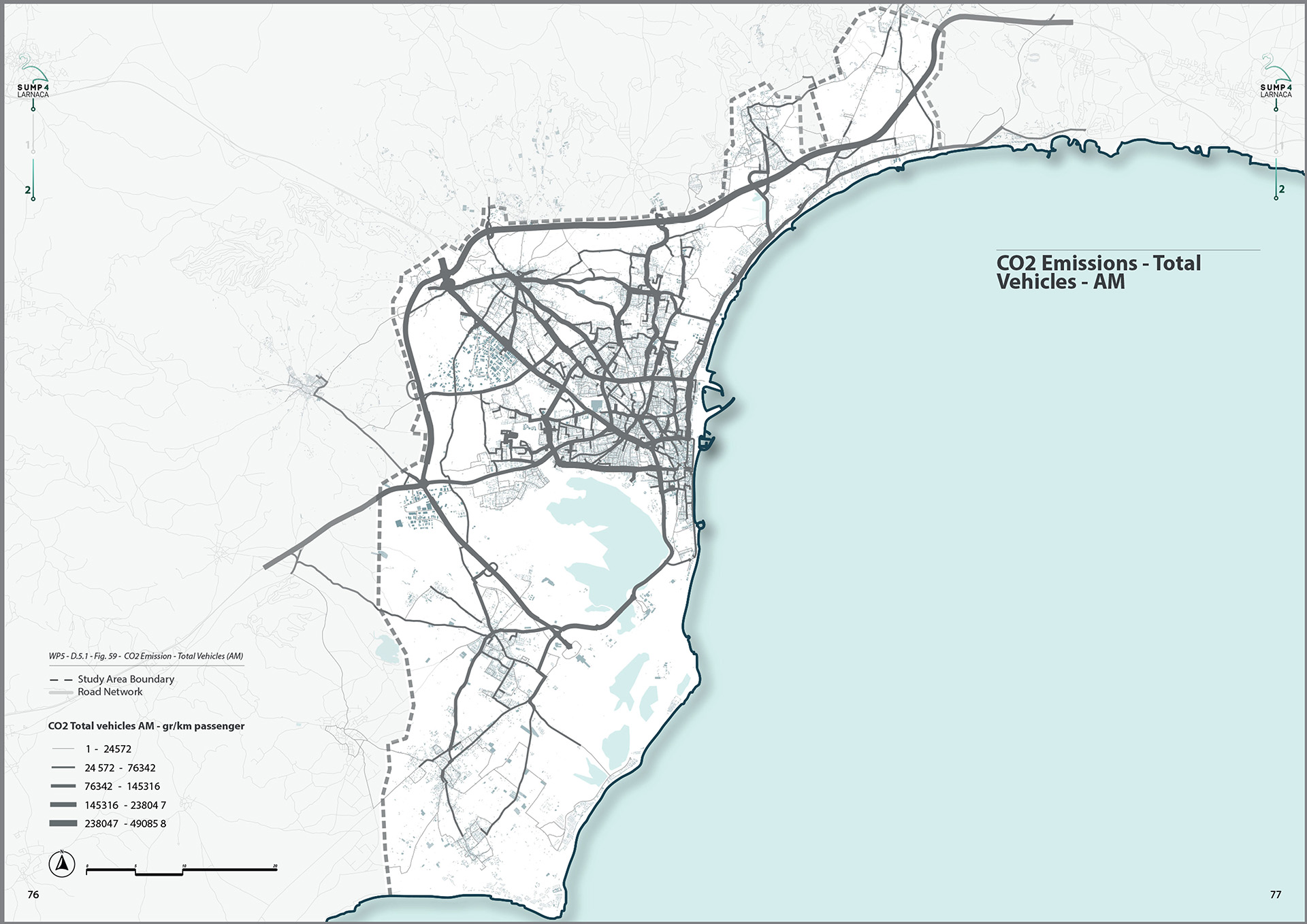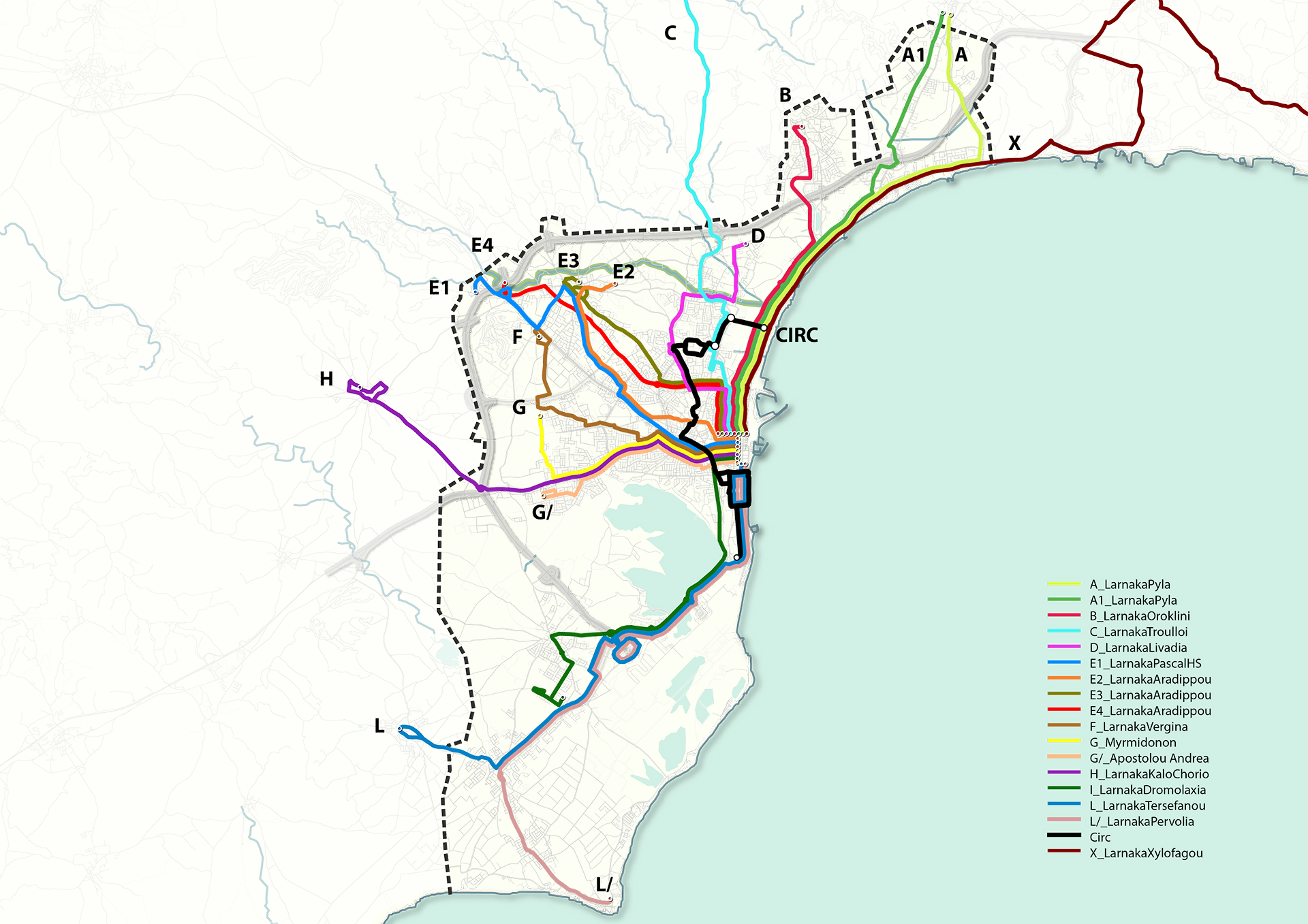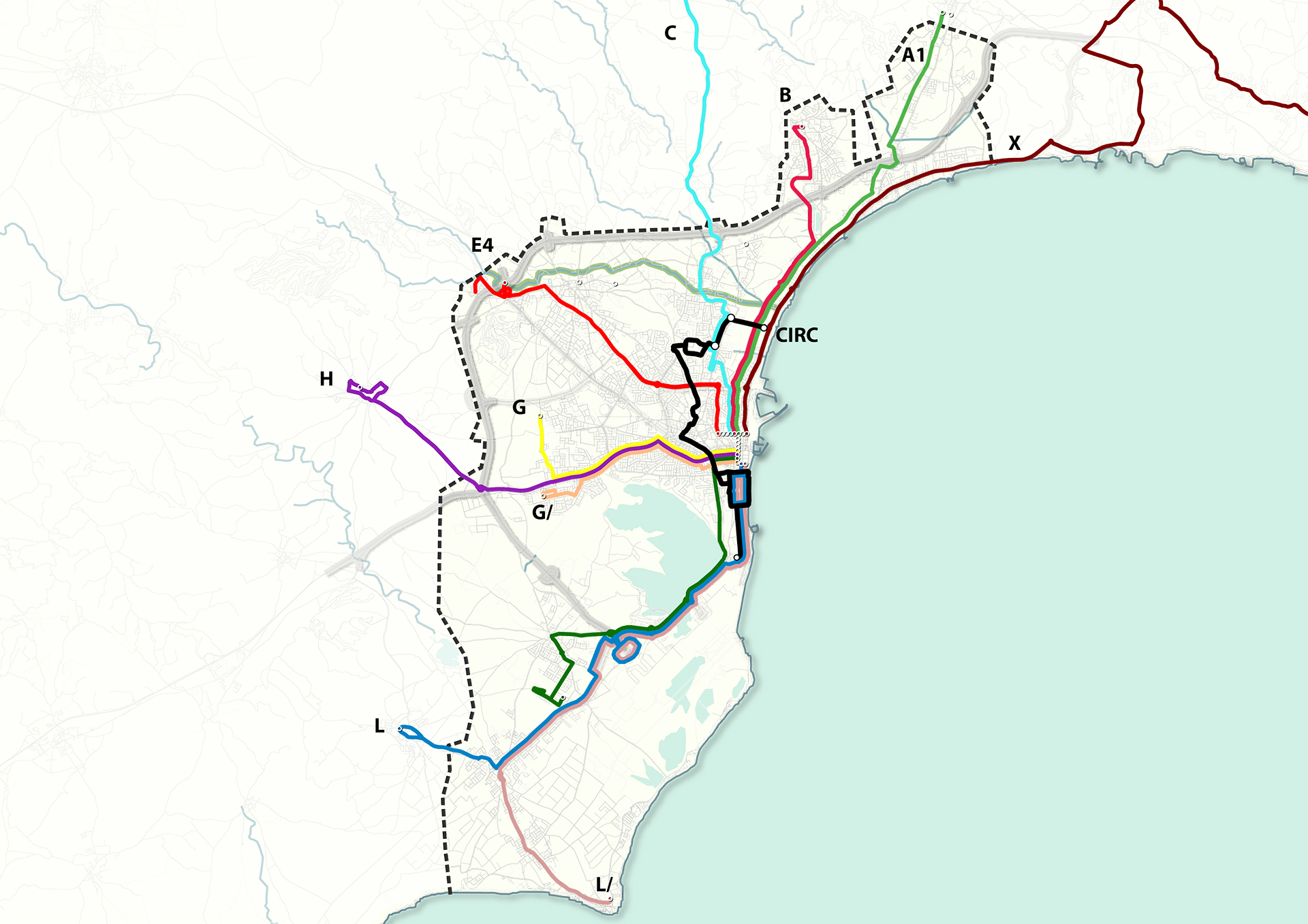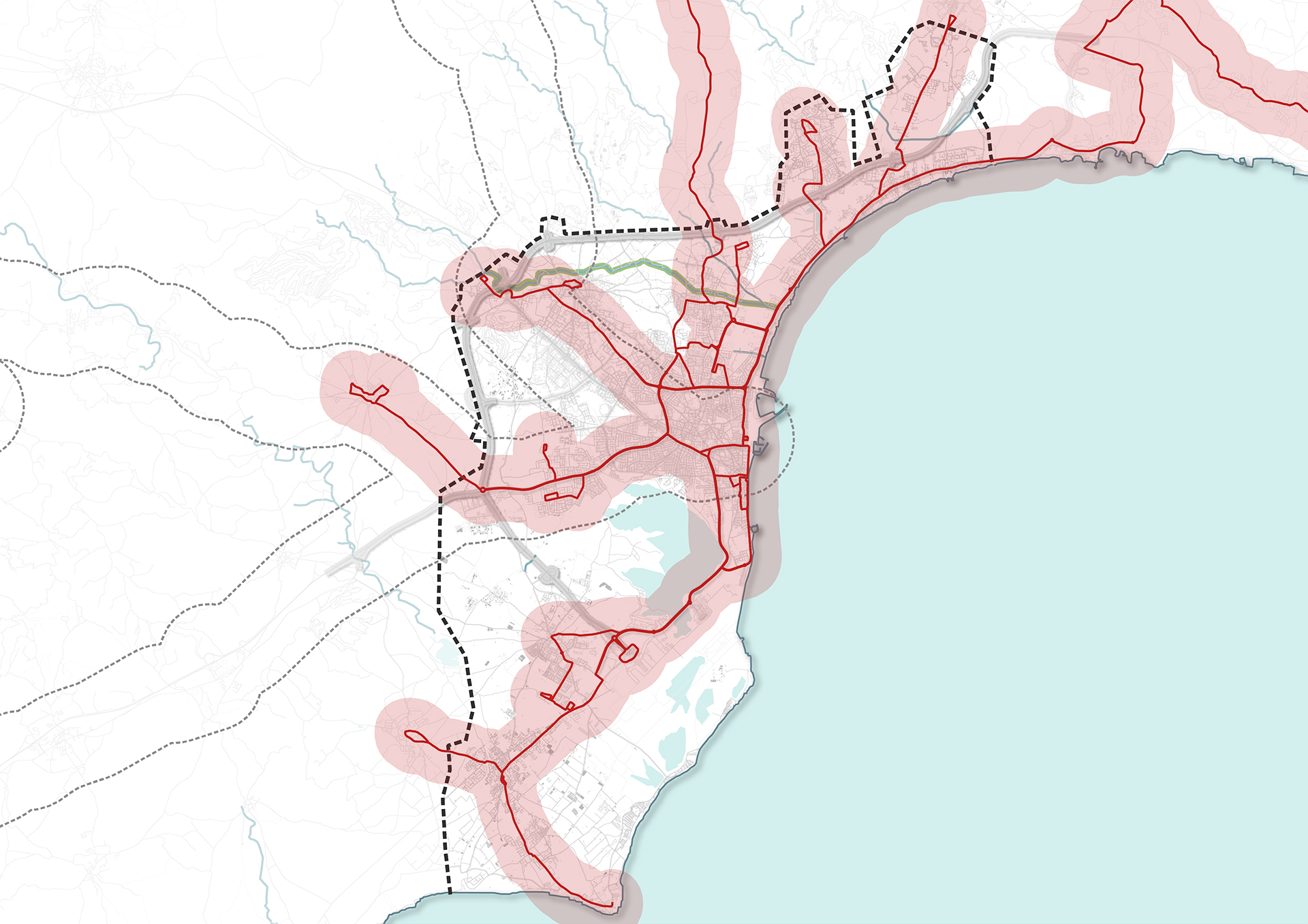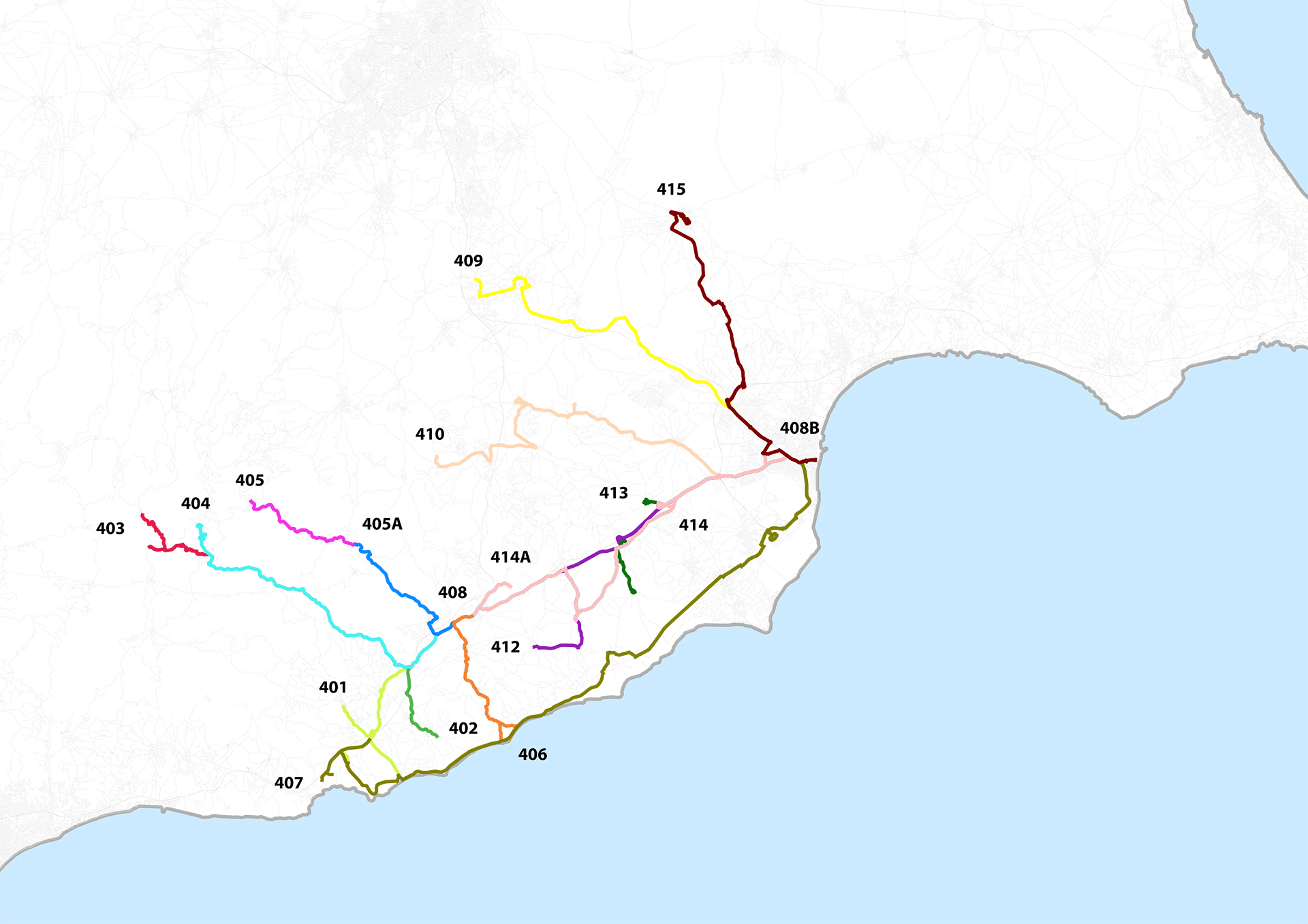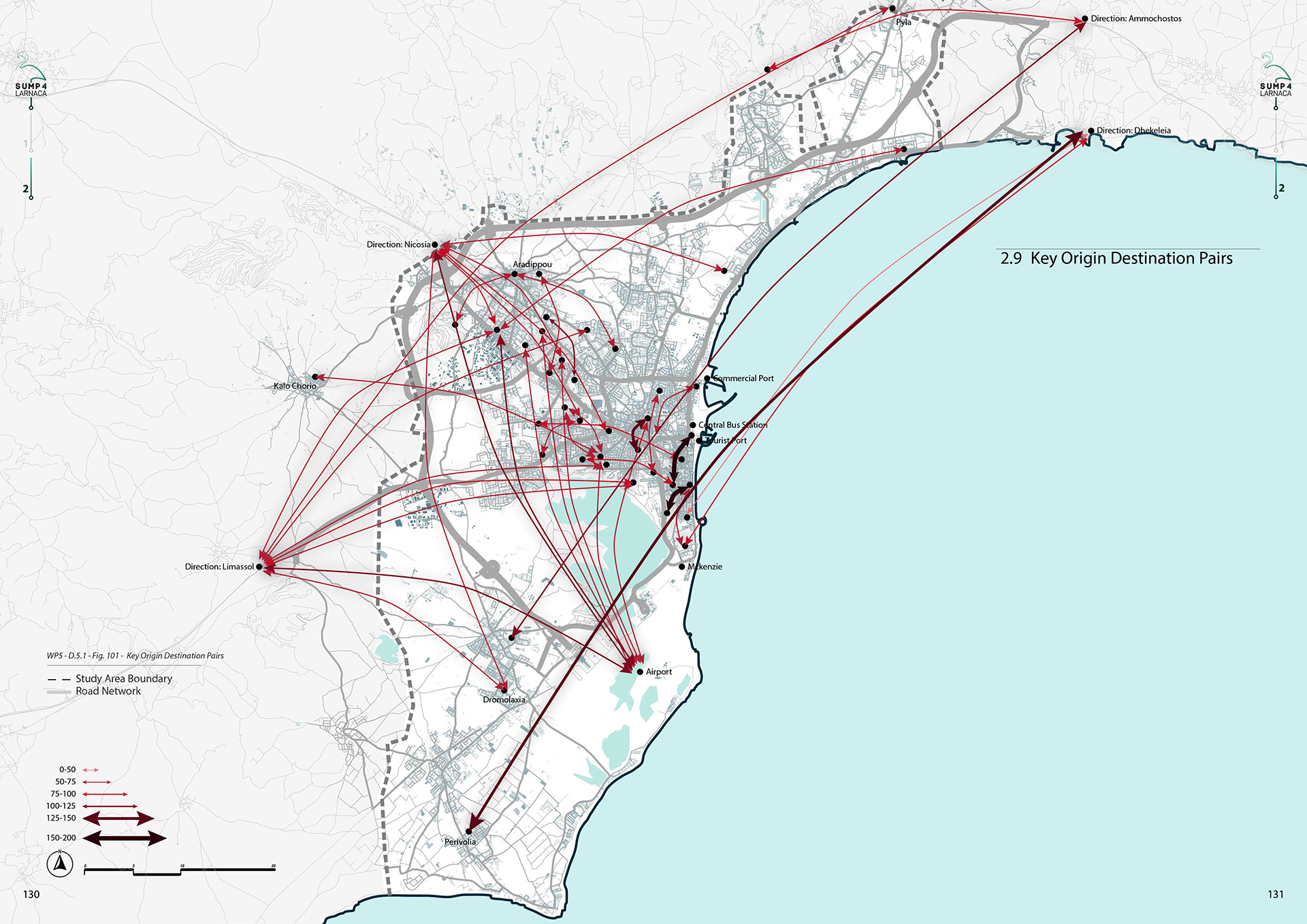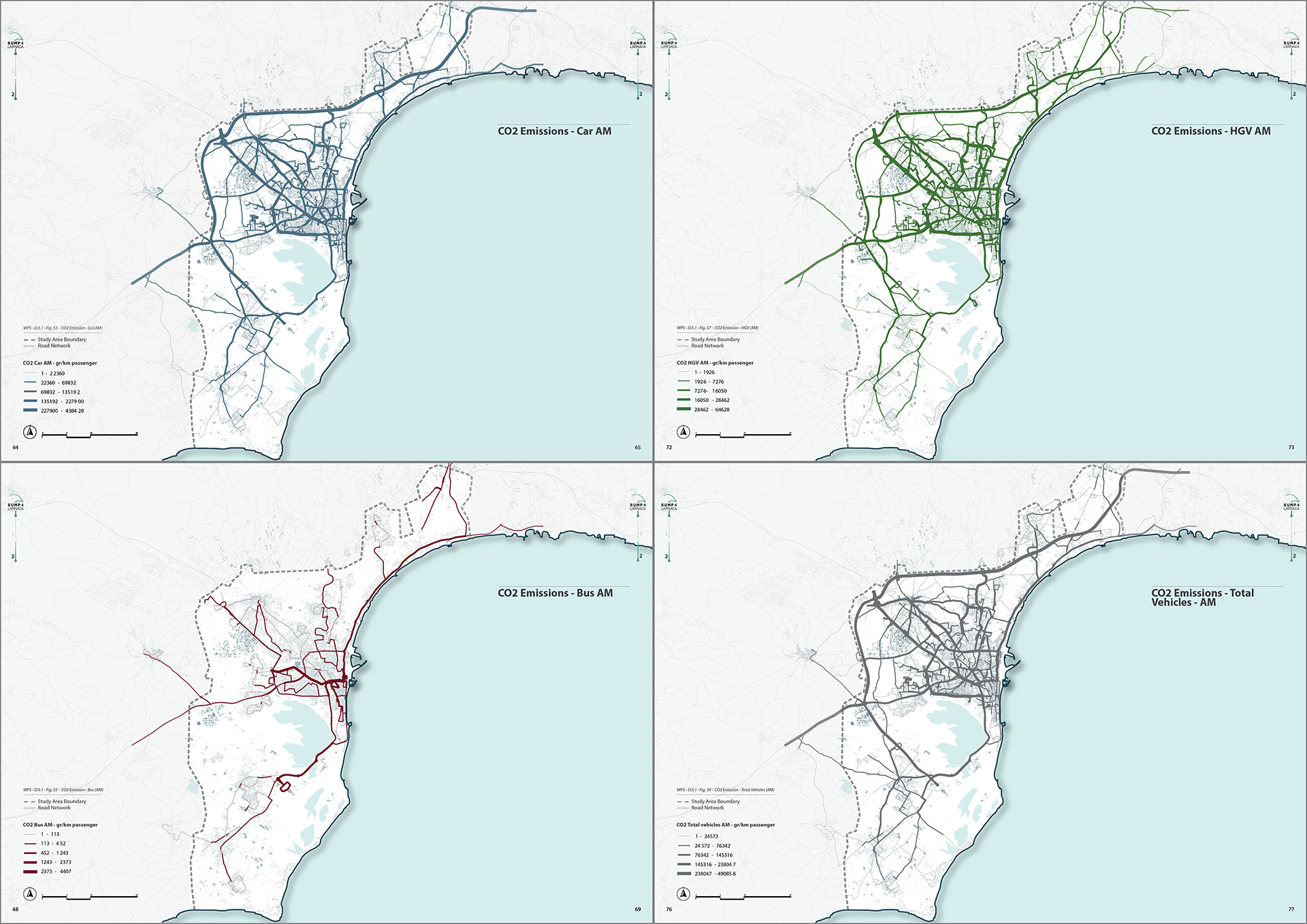SUMP Larnaca
Cyprus
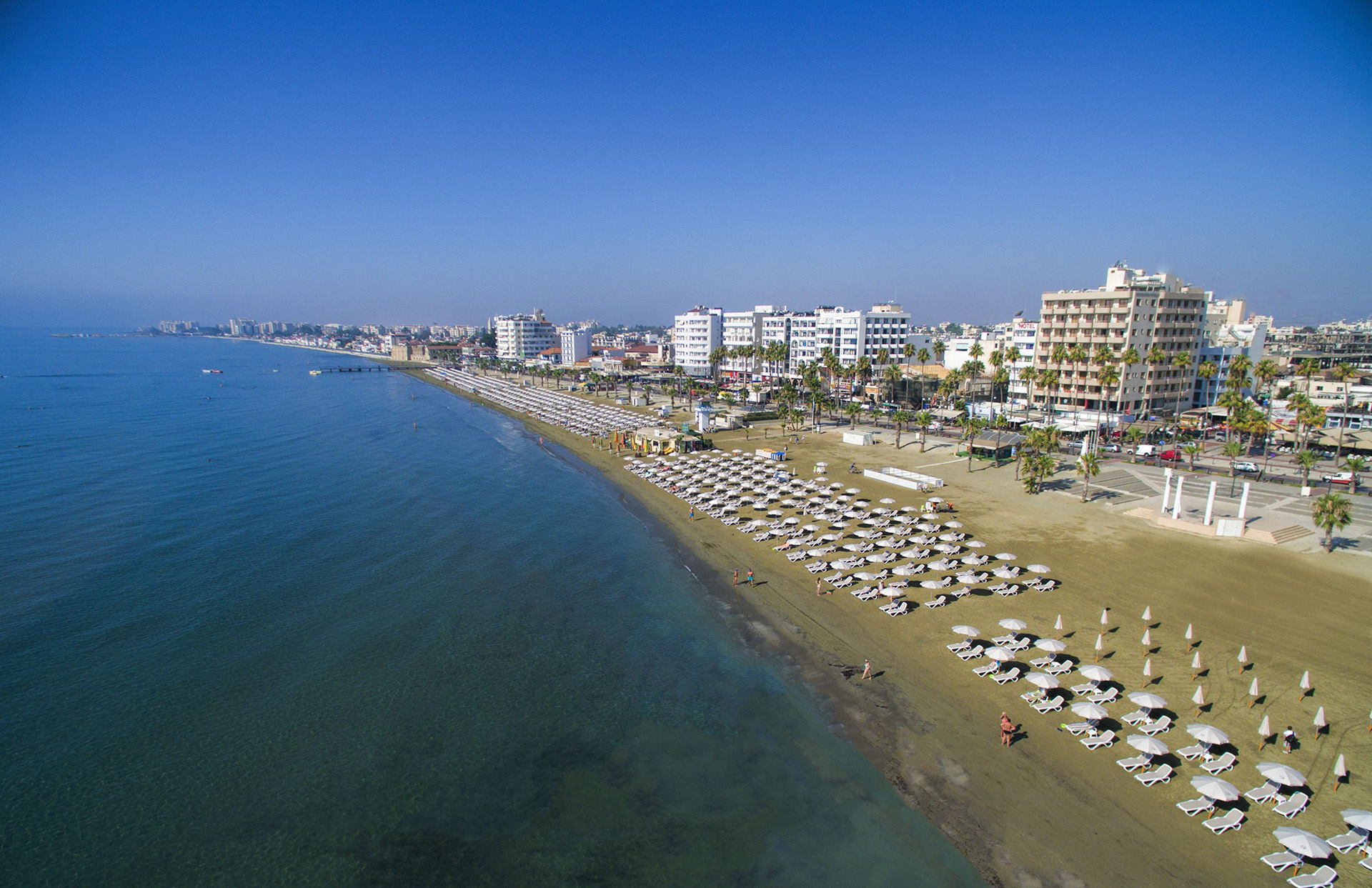
The project involved the development of a Sustainable Urban Mobility Plan (SUMP) for the coastal city of Larnaca (in Cyprus), including the city centre and the greater urban area of Larnaca. The Plan was drafted following ELTIS guidelines (the European guidelines for the drafting of SUMPs), with some of the plan’s measures being implemented through funding from the RRF (the Cyprus Recovery and Resilience Plan).
MIC-HUB, together with Tema srl and Redas Engineering, was appointed by the Ministry of Transport and the Public Works Department of Cyprus to draft the Sustainable Urban Mobility Plan for the city of Larnaca.
Although Larnaca thrives on tourism, the city has grown over the past 50 years according to a car-centric model, which has brought about a significant urban sprawl.
This is reflected in the number vehicles per thousand inhabitants, which is among the highest in Europe, as well as in the modal split figures, which suggest that around 91% of all trips are undertaken by car, while only 9% by public transport, on foot or by bicycle.
Location
Cyprus
Client
Ministry of Transport, Communications and Works Cyprus
Main expertise
Pedestrian and Cycle Studies; Public Transport Consultancy; Regional & Urban Transport Planning; Soft Mobility & Mobility On Demand; Transport and Traffic Modelling
PROJECT HIGHLIGHTS
- Population of 145,000 in the metropolitan area
- More than 90% of all trips are undertaken by car
- Less than 10% by Public Transport, on foot or by bicycle
Project gallery
Our contribution
In order to move towards a more sustainable mobility model, and to take full advantage of the considerable untapped potential of the area, the Government of Cyprus, supported by the European Union, appointed a Consortium led by MIC‑HUB to develop the country’s Sustainable Urban Mobility Plan (SUMP).
A four-stage model, accompanied by an extensive survey campaign, was essential for developing the plan. These analyses took into account the seasonal nature of transport in Cyprus, given the increase in population and mobility needs during the summer.
Using this analysis, MIC HUB helped define strategic mobility packages and project proposals, several of which were later financed through the Recovery and Resilience Facility (RRF). One notable outcome was the Larnaca bicycle corridor project, for which MIC‑HUB delivered the preliminary design, final design and microsimulation.
The SUMP included a full review of Larnaca’s public transport network, supported by a Strategic Environmental Assessment (SEA).
MIC-HUB's contribution included revising the network, focusing on the new Central Bus Station. From here, a radial system of lines branches off, creating a series of high-frequency axes, improving the system's overall efficiency. This revision formed the basis of local public transport tenders in the Larnaca area.
A number of interventions on the infrastructure were also included, such as the creation of preferential bus lanes and Park&Ride facilities.
